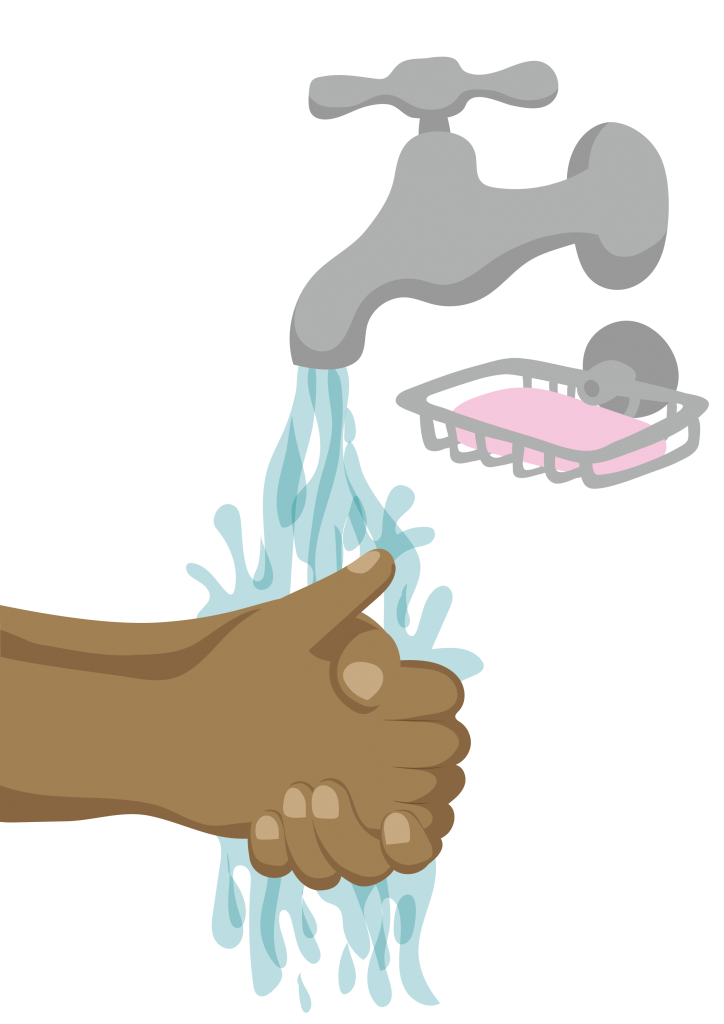How to provide a topical antibiotic
Instruction
In this topic you will learn how to provide a topical antibiotic for a person with red eyes and discharge.
Topical antibiotics
Topical antibiotics are antibiotics that are put on the eye, rather than taken as a pill or liquid.
Topical antibiotics are used when a person has a red eye with discharge. This is because red eyes with discharge are often caused by eye infections.
Warning
The information in this topic is general advice only. You should only provide medication if you are qualified to do so. If providing antibiotic medication, always:
- Check the expiry date to ensure the medication has not expired
- Ask if the person has any allergies to medication (or ingredients in medication), and do not provide the medication if in doubt
- Read the dosage and instructions label on the medication you are using
- If in doubt, discuss with a health professional or refer the person to a health professional who can safely provide the medication.
Antibiotic eye drops or ointment
Topical antibiotics include antibiotic eye drops and antibiotic ointment.
Antibiotic eye drops are useful when:
- Frequent use during the day is required, including for severe infections
- The person needs clear vision (for example to work or drive).
Antibiotic ointment is useful for:
- Both mild and severe infections when used at night, because it stays in the eye for longer than eye drops
- Using at night in addition to using eye drops during the day.
Antibiotic ointment can cause blurred vision for a short time. For this reason, it is often given at night, but it can be prescribed for use during the day as well in severe cases.
Discussion
- Do you provide topical antibiotics in your role? If so, what topical antibiotics do you provide?
- What instructions would you give a person when providing topical antibiotics?
Discuss with your colleagues.


Instruction
You will learn how to provide eye drops in the next topic.
How to give antibiotic ointment
Prepare
You will need:
- Clean gloves
- Clean gauze or tissue
- Antibiotic ointment.



Check that you have the correct antibiotic ointment and that it has not expired.
Always wash and dry your hands with soap or sanitizer gel before and after giving antibiotic ointment.

Explain
Ask the person to sit comfortably in a chair. Explain:
- You will show them how to put antibiotic ointment in their eye
- Their vision will likely be blurry for a few minutes afterward
- If the person needs to continue using the ointment themselves, advise how much and how often they should use it.
Provide antibiotic ointment
- Ensure your hands are clean or wear clean gloves
- Have a dry piece of tissue or gauze nearby
- Ask the person to tilt their head backwards and look up
- Gently pull down the person’s bottom eyelid with your finger to create a pocket
- Hold the ointment a few centimetres above the eye
- Squeeze a small strip of ointment into the pocket at the lower part of the eye without touching the eye or eyelids
- Ask the person to close their eyes then wipe away excess ointment, if any, with the dry piece of tissue/gauze
- Throw away the used tissue/gauze afterward.
Instruction
Watch the video to learn how to provide antibiotic ointment.
Record
Record in the Action taken section of the PEC Screen form by ticking ‘Provided medication’.
Write the type and dose of antibiotic ointment, and the instructions you have given to the person.
Activity
In pairs practice how you would provide antibiotic ointment.
Do not put ointment into the eye but practice the process you would follow to do so.

